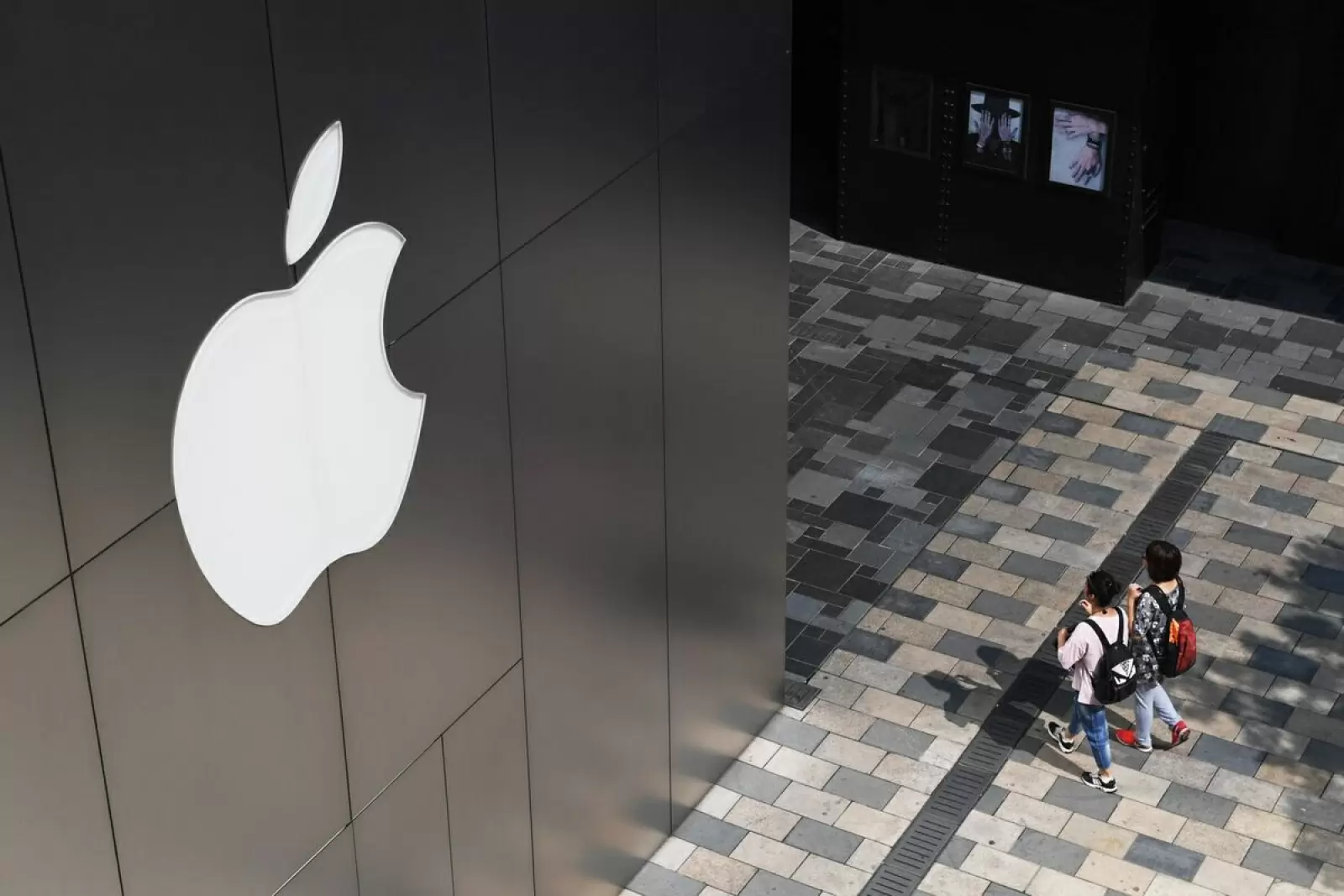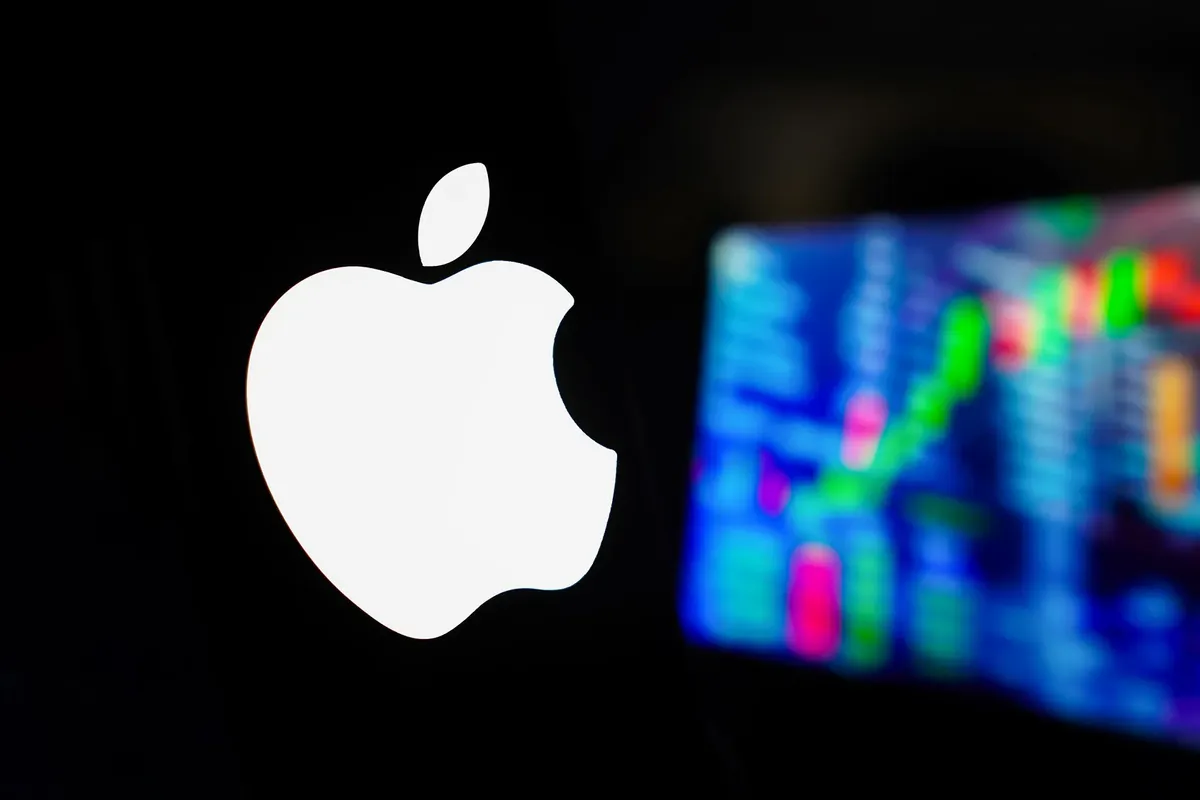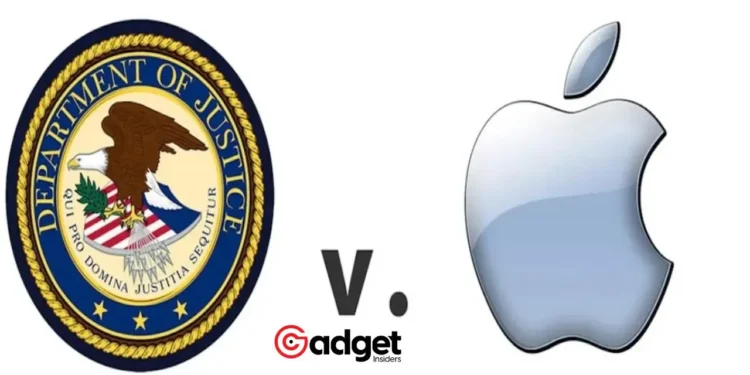In a move that has the tech world buzzing, the U.S. Department of Justice (DOJ) has launched an antitrust lawsuit against Apple, a company renowned for its innovation and market dominance. At the heart of this legal battle is an issue that might seem trivial to the uninitiated: green text message bubbles.
Yet, these bubbles symbolize a much larger debate over competition, privacy, and the interoperability of technology across different platforms.

The Green Bubble Dilemma
For years, iPhone users have noticed a distinct difference in the appearance of text messages when communicating with non-iPhone users. Messages sent to or received from devices like Android smartphones appear in green bubbles, in contrast to the blue bubbles for iMessage conversations between iPhones.
According to U.S. Attorney General Merrick Garland, this distinction goes beyond mere color coding. Garland criticizes Apple for intentionally diminishing the functionality and quality of messages exchanged between iPhone users and those on other platforms.
This includes issues such as non-encrypted conversations, grainy video quality, and a lack of features like message editing and typing indicators when messaging Android users. Such measures, Garland argues, are designed to degrade the user experience, thereby incentivizing consumers to stay within or join the Apple ecosystem, at the expense of competition.
The DoJ's massive antitrust lawsuit against Apple is based on old information, and Apple will win big if the DoJ keeps on using arguments where practically every point made is no longer true.
— AppleInsider (@appleinsider) March 21, 2024
The DOJ’s Case Against Apple
The DOJ’s lawsuit, filed in the U.S. District Court for the District of New Jersey, encapsulates more than just grievances over text messaging.
It accuses Apple of leveraging its dominant position to stifle competition and maintain a monopoly in the smartphone market. This is done, the DOJ contends, by restricting rivals’ access to key iPhone features and technologies.
One particularly striking example of the perceived issue at hand was a 2022 interview in which Apple CEO Tim Cook was questioned about the interoperability of iPhone and Android messaging. Cook’s response, suggesting the purchase of an iPhone to solve compatibility issues, was cited by the DOJ as indicative of Apple’s approach to competition and consumer choice.
Apple’s Defense and Future Plans
In response to the lawsuit, Apple has been quick to defend its practices, arguing that the DOJ’s allegations misunderstand the complexities of encrypted messaging.
The company also highlighted its commitment to privacy and security, which it claims could be compromised by adopting certain standards proposed by its critics, like the RCS messaging standard.

Despite its rebuttal, Apple has acknowledged the need for improvement, announcing plans to support RCS messaging in 2024. This move, Apple argues, will enhance the messaging experience between iPhone and non-iPhone users, offering higher-resolution media and improved group texting functionalities.
However, the company maintains that it has not extended its messaging app to non-Apple devices due to concerns over maintaining its high standards of privacy, security, and user experience.
Looking Ahead
As the legal proceedings unfold, the tech industry and consumers alike will be watching closely. The outcome of this lawsuit could have far-reaching implications for how tech giants operate and compete.
Beyond the specifics of messaging app functionality, this case touches on broader issues of market dominance, interoperability, and the right of consumers to choose their preferred technology without being unduly influenced by corporate interests.
For Apple, the challenge will be to balance its commitment to privacy and security with the demands of a market that increasingly values openness and compatibility. For the DOJ and other regulatory bodies, the task is to ensure that competition remains vibrant in one of the economy’s most dynamic sectors.
As this story develops, it will undoubtedly spark further debate over the future of digital communication and competition.










